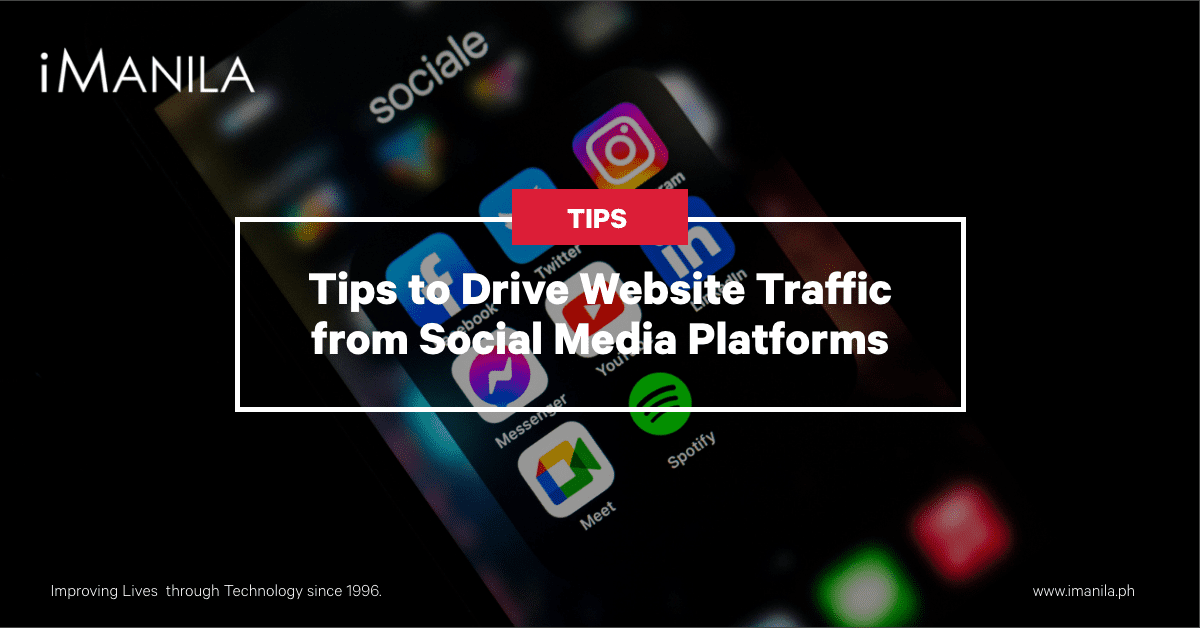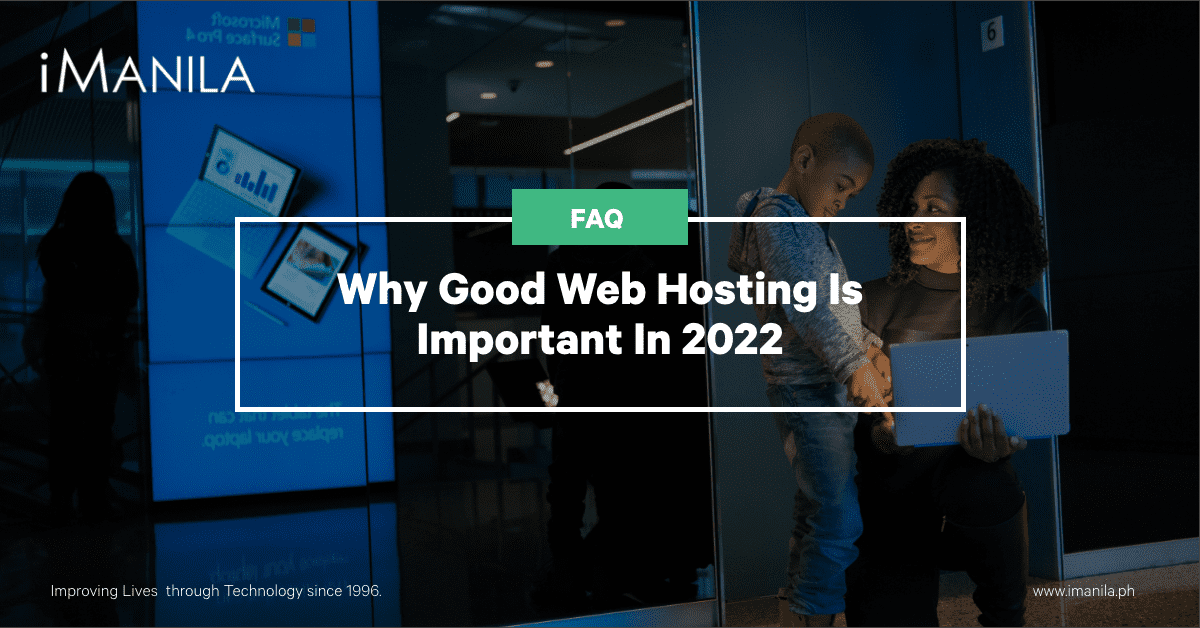Guide in Choosing the Right Web Hosting Solution for Your Business
When developing a website for your business, choosing the right web hosting solution is a must. Web hosting is an online service that allows your business website to be accessible online. It’s like renting a space on a physical server to store all of your website’s files.
Web Hosting solutions are responsible for keeping your business website running, and ensuring all your data are in a safe place. So, keep in mind to choose the right web hosting solution.
In this blog, you will learn how web hosting can help your business’ website. More so, we included the different types of website hosting solutions available in the market.
How can web hosting help your business website?
You must have a web host if you want to have a website. A web hosting essentially allows you to store all of your website’s data and information. Once a customer searches your domain, the web host will transfer all data to keep your website running.
A good web hosting service provider will ensure that your business website performs better, always accessible, and is secured from potential hackers.
Kinds of Web Hosting Services
There are a lot of web hosting options available in the market today. To the point that it’s quite challenging to determine which one suits your business website the most.
Shared Hosting
In shared hosting, there are many users that share one server’s resources such as its processing power storage, memory, and such.
Despite the sharing of resources though, many prefer shared hosting as it is the most affordable. It is an excellent solution for personal websites and small businesses websites who don’t expect too much traffic at one time. This works as well for simple info sites. Hence, shared hosting is an excellent pick for businesses building their first website or first startups that need affordable hosting solutions to get their website up and running.
Cloud Hosting
A cloud hosting solution uses many servers to host its sites. Thus, if one website experiences high traffic or any issues, the other servers can take over and ensure that the business website is running.
Virtual Private Server (VPS) Hosting
With VPS hosting, your business website will also share a server with other users, but the web host will make a partition for each user limiting the usage per business without much affecting the other websites hosted on the same server.
It is a great option for medium-sized websites up to larger blog-type of websites. This can also be used in catalog-type of websites and e-commerce websites with a few hundred SKUs.
WordPress Hosting
WordPress hosting provides a WordPress-optimized server environment to help your WordPress website load faster and decrease possible problems or issues. However, other kinds of web hosting still work for websites based on this content management system (CMS).
Dedicated Server
A dedicated server hosting assigns a physical server for each business website. With dedicated hosting, you can choose your operating system and software, configure the server, and customize the whole hosting to your choice.
Having a dedicated server is just as effective as having your own on-site server. But, with the benefit of getting professional support and recommendations from your web host. Thus, dedicated hosting is ideal for big online businesses.
Remember, when creating a website, there are a lot of things that you need to consider, including choosing the right web hosting provider.
The first step to build your dream business website is signing up for a hosting account. Web hosting is a service that enables your business website to become available and function online. Still confused where to start? Let iManila guide you through!
With 26 years of experience in the industry and an IT company at its core, iManila, having been one of the first Internet Service Providers in the Philippines, is committed to providing our clients with innovative online marketing services in the Philippines. iManila is a full-service business web development company and digital marketing agency in the Philippines ready to help you with your web design and development, web hosting provider, email hosting, technical support, and digital marketing service’s needs.
Work with the best and make your brand goals become reality. Talk to us!








